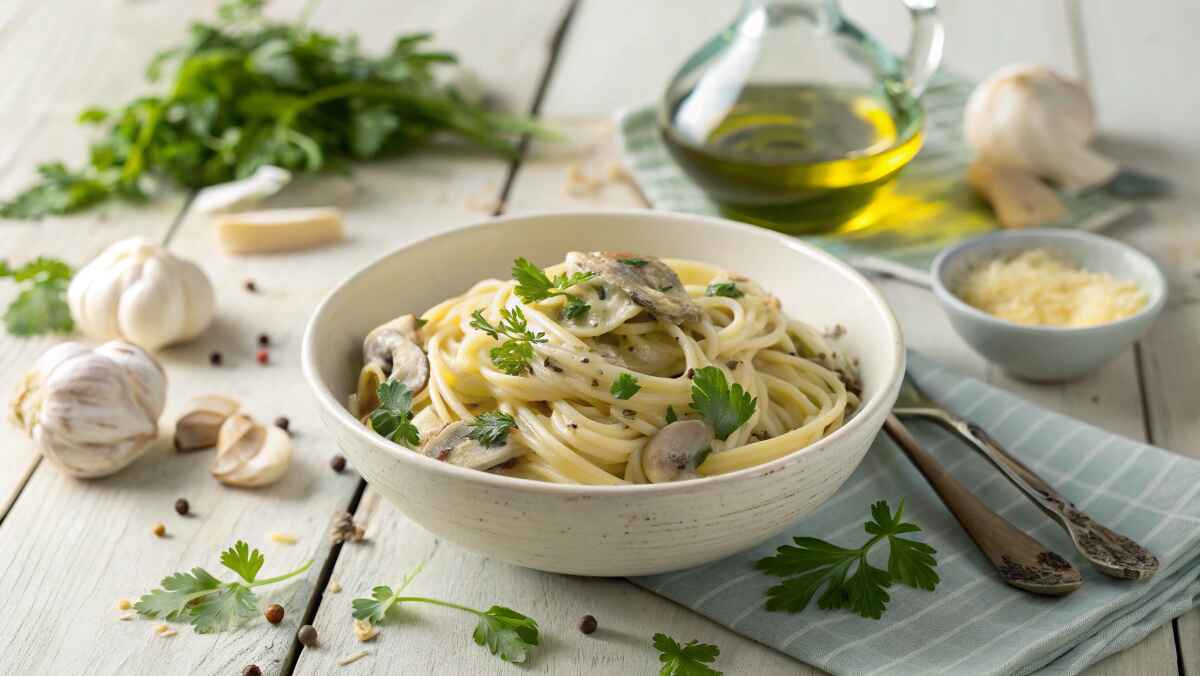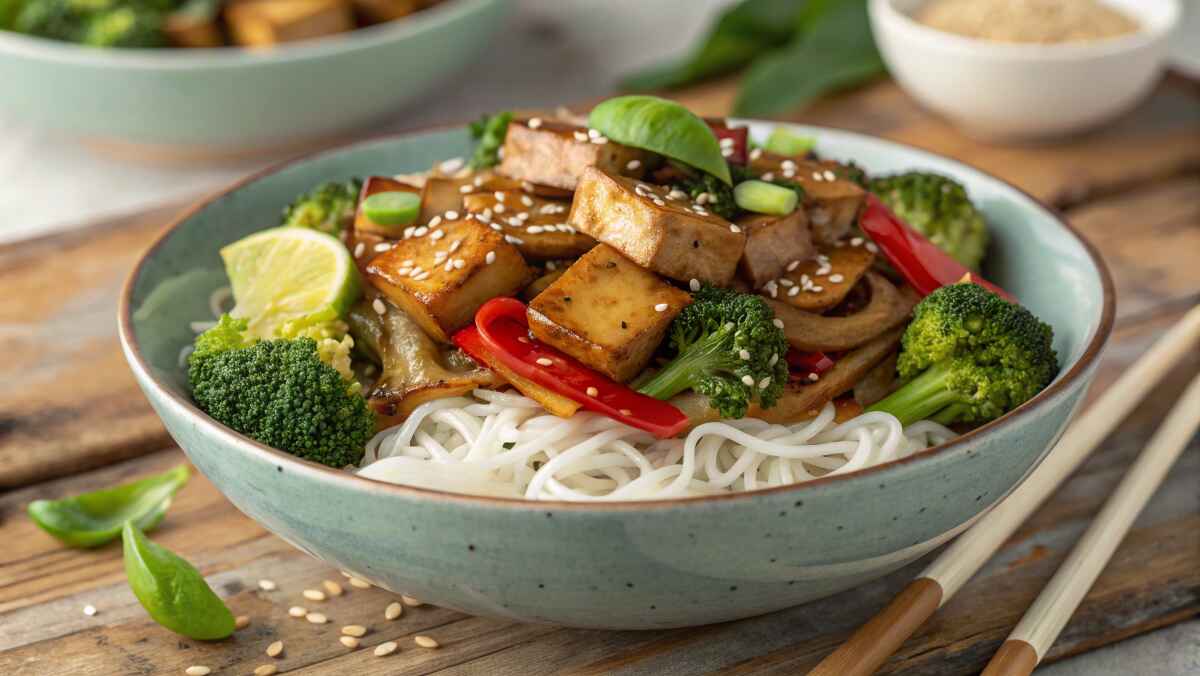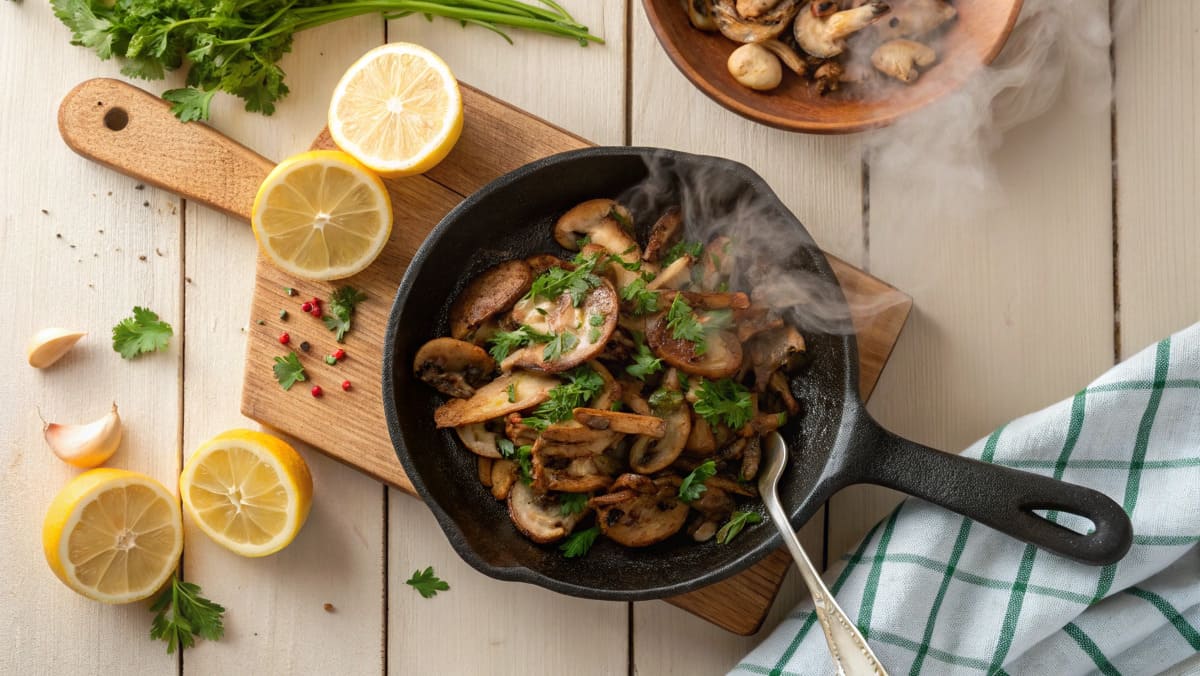Beef bacon is rapidly becoming a popular alternative to traditional pork bacon, offering a rich, smoky taste and crispy texture while catering to those who follow halal, kosher, or pork-free diets. But what sets beef bacon apart?
Does it taste the same as pork bacon? How does it compare nutritionally? And most importantly, how can you cook and enjoy beef bacon in your daily meals?
In this comprehensive guide, we’ll dive deep into everything you need to know about beef bacon, from its flavor profile and cooking methods to its health benefits and the best ways to incorporate it into your diet.
What Is Beef Bacon?
Beef bacon is a savory, smoky, and crispy alternative to traditional pork bacon, offering a rich, meaty flavor with distinct texture variations depending on the cut of beef used. Unlike pork bacon, which is made from pork belly, beef bacon is derived from specific cuts of beef that provide different levels of fat content, texture, and taste.
🔹 Common Cuts Used for Beef Bacon
Choosing the right cut of beef is crucial in determining the flavor, crispiness, and mouthfeel of beef bacon. The most commonly used cuts include:
✅ Beef Belly – This is the closest match to traditional pork bacon because it has a high-fat content that renders beautifully when cooked. The fat-to-meat ratio allows it to crisp up well while maintaining a tender, flavorful bite. If you’re looking for beef bacon that mimics the juiciness and texture of pork bacon, beef belly is the best choice.
✅ Brisket – A leaner alternative that provides a firmer, more structured bite. Brisket has a bold, deep beef flavor that stands out more prominently than pork bacon. Because it contains less marbling, it doesn’t produce as much grease when cooked, making it a great option for those who prefer a meatier, less fatty bacon experience.
✅ Round – The leanest cut used for beef bacon. Since the fat content is minimal, round cut bacon tends to be chewier and drier compared to beef belly or brisket. While it doesn’t crisp up as much, it offers a protein-packed option for those looking for a healthier, high-protein bacon alternative.
💡 Pro Tip: If you prefer crispy beef bacon, opt for beef belly. If you want a firmer, meatier bite, go for brisket or round cuts.
🔹 How Is Beef Bacon Made?
To achieve its crispy texture and deep smoky flavor, beef bacon undergoes a curing and smoking process similar to pork bacon. However, because beef is naturally denser and leaner than pork, the final product has a bolder, richer taste with a slightly different texture.
1. Curing the Meat
The first step in making beef bacon is curing, where the meat is rubbed with a blend of:
✔ Salt – Enhances flavor and acts as a preservative.
✔ Sugar – Balances the saltiness and helps with caramelization.
✔ Spices & Herbs – Ingredients like black pepper, paprika, garlic powder, or bay leaves add depth to the flavor.
✔ Nitrates (Optional) – Help preserve color and extend shelf life.
The curing process lasts anywhere from 24 hours to several days, allowing the flavors to fully develop.
2. Smoking for Flavor Enhancement
After curing, the meat is slow-smoked to infuse it with a rich, smoky aroma. The type of wood used in the smoking process greatly impacts the final taste:
🔥 Hickory – Adds a strong, bold smokiness, similar to traditional bacon.
🔥 Applewood – Provides a mild, slightly sweet smokiness.
🔥 Cherrywood – Gives a subtle, fruity flavor with a touch of sweetness.
Smoking beef bacon at low temperatures for several hours ensures a deep, complex flavor profile while maintaining a juicy interior.
3. Slicing & Packaging
Once smoked, the bacon is chilled, sliced, and packaged. The thickness of the slices affects how the bacon cooks:
✔ Thin Slices – Crisp up quickly and resemble classic bacon.
✔ Thicker Slices – Offer a heartier bite and are ideal for sandwiches, burgers, or gourmet dishes.
🔹 How Does Beef Bacon Compare to Pork Bacon?
While beef bacon and pork bacon share similarities, they also have distinct differences that set them apart.
✔ Taste: Beef bacon has a bolder, meatier flavor, while pork bacon has a milder, slightly sweet profile.
✔ Texture: Beef bacon is denser and chewier, whereas pork bacon is softer and crispier due to its higher fat content.
✔ Fat Content: Beef bacon can be leaner, depending on the cut, whereas pork bacon tends to be fattier and greasier.
For a more in-depth comparison, check out our Beef Bacon vs. Pork Bacon Guide.
🔹 Why Choose Beef Bacon?
Whether you’re looking for a pork-free alternative, a leaner bacon option, or just want to try something new, beef bacon offers:
✅ A Bold, Smoky Taste – Perfect for those who enjoy deep, umami flavors.
✅ A Versatile Cooking Ingredient – Great for breakfast, sandwiches, salads, and gourmet recipes.
✅ A Pork-Free Alternative – Ideal for those following halal, kosher, or pork-free diets.
✅ A Protein-Rich Option – Especially when made from leaner cuts like brisket or round.
Interested in how beef bacon fits into a healthy diet? Read our Beef Bacon Nutrition & Health Benefits Guide.
For a deeper dive into how beef bacon is made, check out our complete guide to beef bacon production.
Does Beef Bacon Taste Like Pork Bacon?
The short answer? Not exactly, but it comes very close! While beef bacon shares some key characteristics with pork bacon, there are distinct differences in flavor, texture, and fat content.
🔹 Similarities Between Beef Bacon and Pork Bacon
✔ Smoky, Savory Flavor – Both types of bacon are cured and smoked, delivering a deep, rich smokiness that enhances any dish.
✔ Salty & Umami Taste – The curing process ensures a bold, salty, and savory bite, making it just as satisfying as pork bacon.
✔ Crispy Texture – When cooked correctly, beef bacon crisps up beautifully, giving you that irresistible crunch.
🔹 Differences Between Beef Bacon and Pork Bacon
❌ Bolder, Meatier Flavor – While pork bacon has a mild, slightly sweet taste, beef bacon delivers a stronger, more umami-packed profile.
❌ Chewier Texture – Due to its denser muscle fibers, beef bacon tends to be chewier unless cooked until extra crispy.
❌ Leaner & Less Fatty – Pork bacon contains more fat, which creates that signature juiciness and sizzle when frying. Beef bacon, especially from brisket or round cuts, has less grease and a firmer bite.
For a detailed comparison, explore our beef bacon vs. pork bacon breakdown.
Why Choose Beef Bacon?
While the taste and texture are important factors, many people choose beef bacon for its dietary flexibility, nutritional benefits, and unique cooking versatility.
1. Pork-Free and Culturally Inclusive
✔ Halal & Kosher-Friendly – Ideal for individuals following religious dietary laws.
✔ Perfect for Pork-Free Diets – A great option for those avoiding pork for ethical, health, or personal reasons.
2. A Healthier Alternative to Pork Bacon
✔ Lower in Fat – Especially when made from brisket or round cuts.
✔ High in Protein – Great for muscle-building, weight management, and sustained energy.
✔ Packed with B Vitamins, Iron, and Zinc – Supports immune function and energy levels.
Curious about the nutritional benefits of beef bacon? Read our detailed health guide.
How to Cook Beef Bacon for the Best Flavor
Because beef bacon is leaner than pork bacon, proper cooking techniques are essential to achieving the perfect crispiness and deep, smoky flavor.
1. Stovetop Cooking (Best for Crispiness)
🔥 Use Medium Heat – Prevents overcooking and keeps the bacon tender.
🔥 Lay Slices Flat – Avoid overlapping to ensure even cooking.
🔥 Cook 3–4 Minutes Per Side – Flip for a perfect crispy finish.
2. Oven Baking (Great for Even Cooking)
🔥 Preheat to 375°F (190°C).
🔥 Place bacon on a baking sheet lined with parchment paper.
🔥 Bake for 12–15 minutes, flipping halfway for even crispiness.
3. Air Fryer (Quick & Easy Method)
🔥 Preheat to 375°F (190°C).
🔥 Arrange bacon in a single layer.
🔥 Cook for 7–10 minutes, shaking the basket halfway through.
For more bacon-cooking techniques, visit our step-by-step guide.
Creative Ways to Enjoy Beef Bacon
Beef bacon is a versatile ingredient that can elevate breakfast, lunch, and dinner dishes.
🥑 Beef Bacon Avocado Toast – Pair crispy beef bacon with avocado toast for a high-protein start to your day.
🍔 Beef Bacon Cheeseburger – Add a smoky, crispy touch to your burger for extra flavor.
🥗 Beef Bacon Caesar Salad – Toss crispy beef bacon crumbles into a fresh, crunchy salad.
🍝 Beef Bacon Carbonara – Upgrade classic pasta dishes with a meaty, umami twist.
Looking for more inspiration? Explore our best beef bacon recipes.
Where to Find Beef Bacon
If you’re excited to try beef bacon, here’s where to look:
🏪 Specialty Stores – Check halal or kosher butchers for premium options.
🛒 Online Retailers – Many websites sell gourmet beef bacon with convenient delivery.
🌱 Farmers’ Markets – Look for artisanal, small-batch beef bacon for the best quality.
For more shopping tips, visit our guide on where to buy high-quality meats.
Final Verdict: Is Beef Bacon Worth Trying?
Beef bacon may not taste identical to pork bacon, but it offers a bold, smoky, and meaty flavor that many people love. Whether you’re avoiding pork for dietary reasons or simply looking to switch up your meals, beef bacon is a delicious, versatile ingredient that works well in a variety of dishes.
If you enjoy deep, rich flavors and a slightly firmer texture, beef bacon is definitely worth a try. Try it in your next breakfast, sandwich, or pasta dish, and see for yourself why so many people are making the switch!
For more breakfast inspiration, explore our high-protein breakfast ideas.
What Do You Think?
Have you tried beef bacon before? Share your thoughts, experiences, and favorite beef bacon recipes in the comments! 🥓🔥




